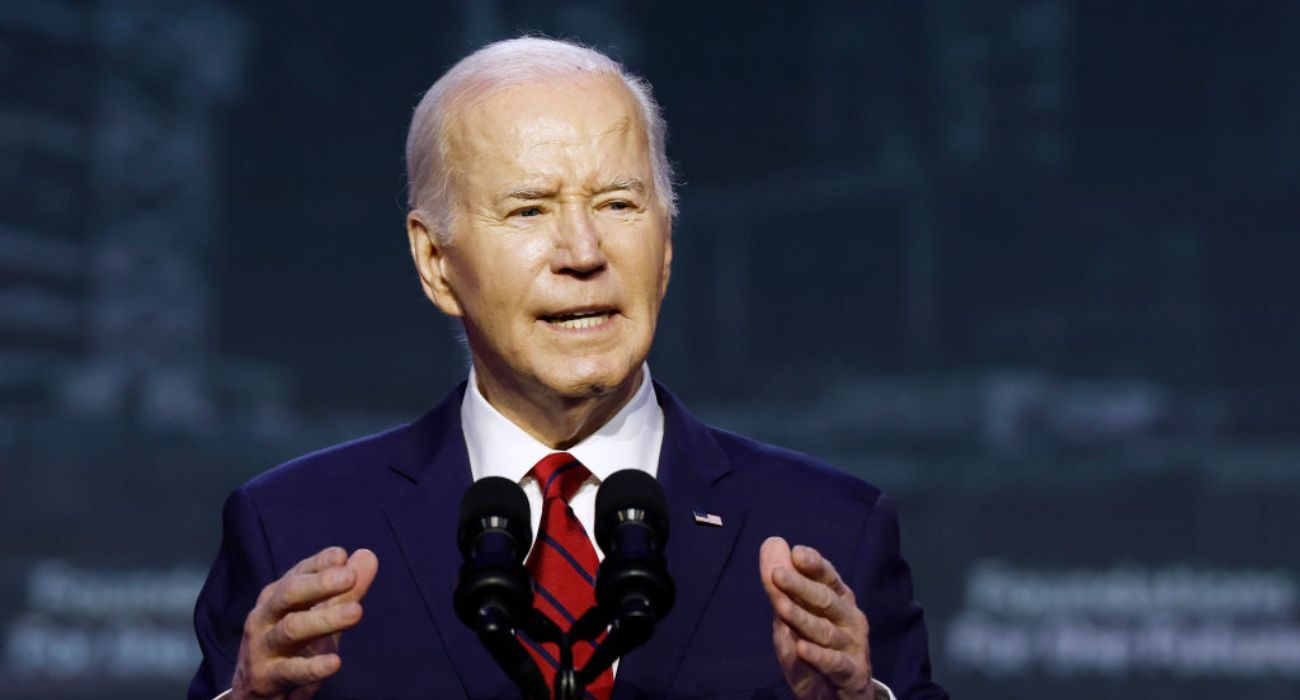China’s latest demographic numbers report the country’s first population decline since 1961.
“China’s demographic and economic outlook is much bleaker than expected,” said demographer Yi Fuxian, Reuters reported. “China will have to adjust its social, economic, defense, and foreign policies.”
Yi predicted that if China’s population decline continues, the country’s economy will slow, with revenues falling and the government facing debt due to health and welfare costs, according to Reuters. The reduction in manufacturing and the country’s declining labor force would make already high prices and high inflation in the U.S. and Europe even worse, Yi said.
In 2022, China’s population dropped by 850,000 people, making it the first time since the end of the Great Famine that the population declined.
The head of the national statistics bureau, Kang Yi, was unconcerned about the decline, telling reporters that “overall labour supply still exceeds demand.”
By 2050, U.N. experts now predict that the population will decline by 109 million, triple the 2019 prediction. China’s lowest recorded birth rate was 6.77 per 1,000 in 2017. That figure had improved to 7.52 by 2021, Reuters reported.
The number of Chinese women of childbearing age — defined by the government as 25-35 years old — has decreased by approximately 4 million. The death rate was 7.37 per 1,000 people, higher than it has been since the Cultural Revolution in 1974 and lower than 7.18 in 2021.
The one-child policy and parents’ preferences for boys have also contributed to a significant gender gap in the population. China has 690 million women and 722 million men, according to recent statistics, Reuters reported. The imbalance, especially in rural areas, is reducing family formation.
China’s three-year “zero COVID” policies have also worsened the country’s demographic outlook. Local governments have offered tax breaks, extended maternity leaves, and housing subsidies to encourage births since 2021.
Since 2018, searches for baby bottles through the Chinese internet giant Baidu have dropped by more than a third, while stroller searches dropped by 17% in 2022. Senior care searches increased eightfold last year.
In 2022, Google Trends found that searches for cribs increased almost five times, and baby bottles increased by 15% in India.
Last year, the U.N. predicted India’s population would reach 1.412 billion in 2022 but not surpass China until this year. However, India only conducts a census every 10 years, and the government has delayed the 2021 census in response to COVID-19, according to Reuters.






